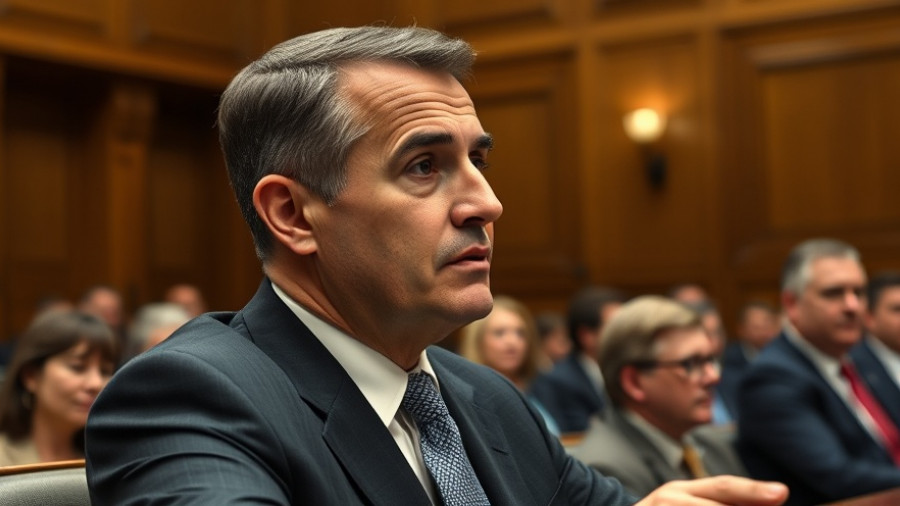
Trump's Tariff Tactics: A Bold Economic Strategy
President Donald Trump is set to unveil a reciprocal tariff plan that could shake up trade relations globally, with a potential announcement expected before his meeting with Indian Prime Minister Narendra Modi. The concept of reciprocal tariffs isn't new, but Trump's approach to challenge nations that impose import duties on the U.S. marks a significant escalation in trade policy.
Understanding Reciprocal Tariffs
At their core, reciprocal tariffs are simple: if one country imposes tariffs on U.S. goods, the U.S. will impose tariffs on theirs in return. This strategy is rooted in the principle of fairness in international trade, a concept President Trump passionately advocates. However, experts warn that such an approach could lead to trade wars that ultimately harm consumers and businesses alike.
The Implications for Global Trade
As the U.S. prepares to invoke these tariffs, stakeholders from various industries are bracing for the repercussions. House Speaker Mike Johnson mentioned that there might be exemptions for the pharmaceutical and auto sectors, reflecting a recognition of the significant impact tariffs could have on these industries. The potential for international backlash looms large, prompting concerns about how retaliatory measures could affect American jobs and the cost of imports.
What's at Stake for American Taxpayers?
For U.S. taxpayers, the ramifications of Trump's tariff decisions could manifest in various ways. Prices on everyday goods might increase as companies adjust to new tariffs. Furthermore, businesses reliant on imported materials may face elevated costs, which could be passed down to consumers. As tariffs become a cornerstone of Trump's economic agenda, understanding their implications will be crucial for taxpayers navigating the evolving economic landscape.
 Add Row
Add Row  Add
Add 




Write A Comment